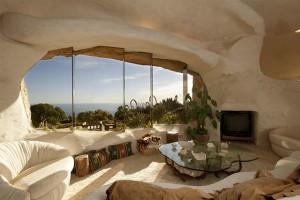Kahn Without Kahn
The FDR Memorial on Roosevelt Island is nearing completion. I am of two minds about this undertaking, which is based on the design that Louis Kahn was working on when he died in March 1974. It was, literally, his last project. There are so precious few Kahn works, that who could object to one more? But as David De Long, who co-curated the major 1991 exhibition on Kahn observes, “Posthumous realizations are always very, very risky.” They are particularly risky in the case of Kahn, who was famous for making last-minute changes, often after construction had started—to the consternation of his office staff,

